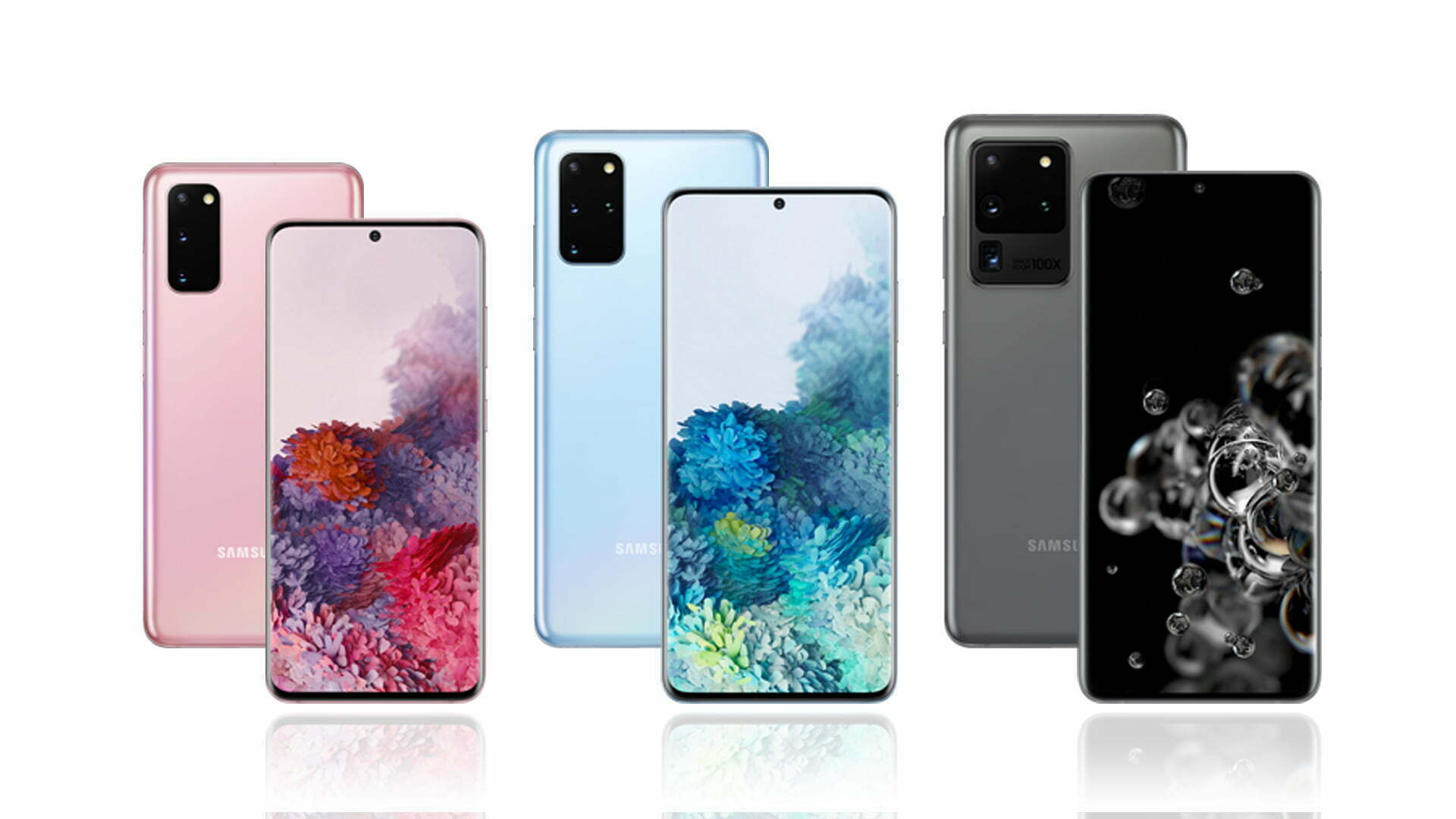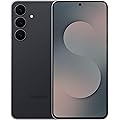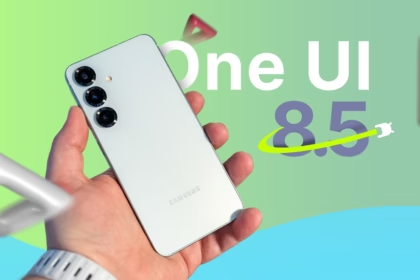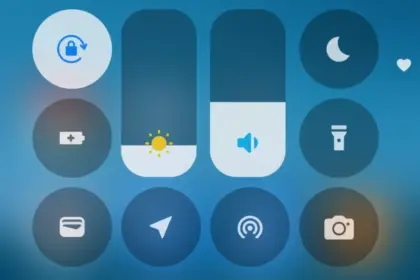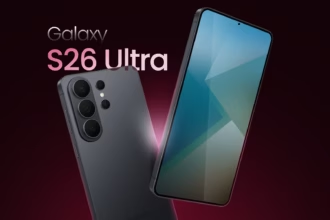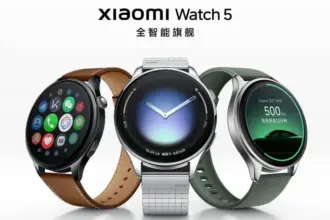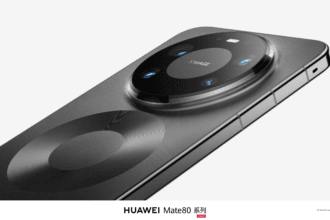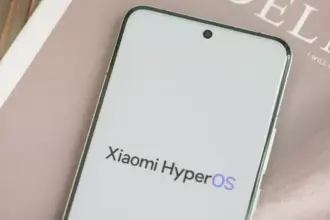Samsung used to launch its Galaxy S flagship series during MWC but it shifted the announcement long before the trade show to a separate event. Samsung finally took off the wraps of its Galaxy S20 series consisting of the Galaxy S20, the S20+ and the S20 Plus after months of leaks and a very revealing Galaxy Z Flip commercial during the Oscars.
The new phones all feature the same understated style of glass-sandwich with humongous camera bumps on the back and curved displays on the front, varying only in size and quantity of outside lenses. We are packed with the latest hardware which gives them substantial jumps in performance compared to their predecessors.
They all support 5 G out of the US box and come with at least 128 GB of (expandable) storage and 12 GB of RAM, with some versions of the Galaxy S20 Ultra going up to 16 GB — that’s the amount of regular storage that many smartphones used to ship with in 2013. The phones will arrive in the US with the Snapdragon 865, which can be considered one of the greatest technological advances in long-term mobile chips. Many regions are having the Exynos 990, which need not be afraid of contrast.

On the imaging front the new Galaxy series also impresses. The base S20 quadruples the megapixel count of any S10, going from a maximum of 16MP on a single camera to a new high of 64MP for the main camera. The Ultra goes a step further and sports the same 108MP wide-angle sensor already producing high-resistance images on the Xiaomi Mi Note 10 from Samsung.

Combined with the other lenses (three in total on all plus a fourth S20+ and S20 Ultra Depth Vision sensor) and Samsung’s new image processing algorithms, these cameras should be able to produce great images in a variety of situations. As for video, the phones will capture 8 K footage.
Turning to the front of the device, we see on all of them Samsung’s new Infinity-O display style, which places the front-facing camera cutout in the middle of the notification bar. This could make it more noticeable when watching videos, but the default refresh rate of 120Hz that is available across all three phones will make up for that.

The HD+ AMOLED displays of the S20 series, together with support for HDR10+, will render videos and images beautiful to look at. Samsung also opted not to include a biometric face unlock feature but, despite the anachronistic top bezel of the Pixel 4 and the enormous notch of the iPhone, different aesthetic preferences undoubtedly played a role in that decision.

